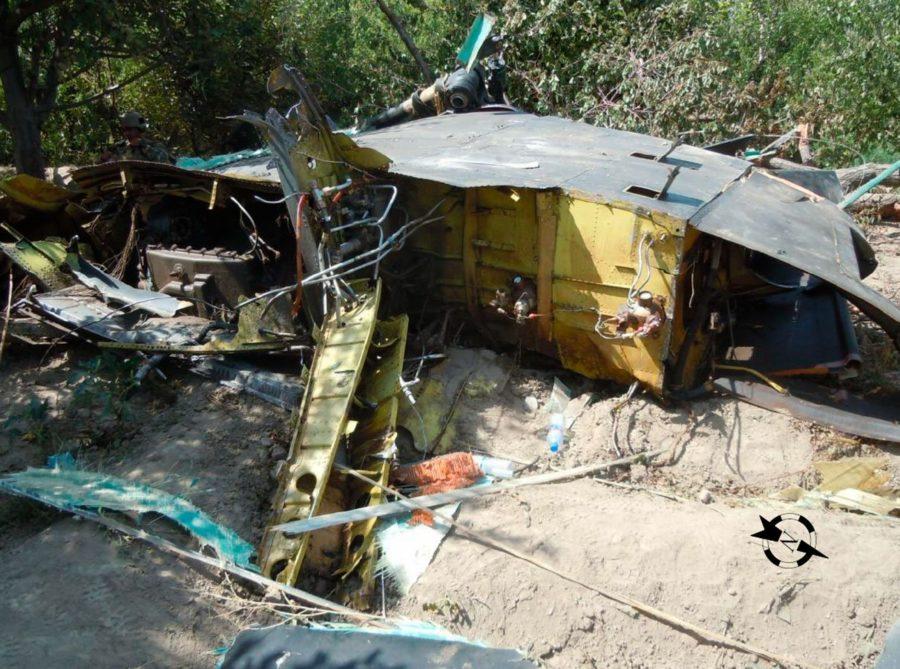First photos released of SEALs crash site
This photo was included in the official 1,200 page military investigation into the August 2011 crash of a U.S. CH-47 Chinook helicopter in Afghanistan’s Wardak Province. The crash killed 38, including 22 Navy SEALs.
October 19, 2011
Amid the 1,200-page military investigation into the August crash in Afghanistan’s Wardak province that killed 38 people, including 22 Navy SEALS, are photos of the helicopter.
These are the first photos released by the military of the crash, which resulted in the biggest loss of life in a single day for the United States in the 10 years of fighting in Afghanistan.
According to the report, the SEALs had been called in to reinforce other troops already in combat. Just before landing, Taliban fighters hiding in a building fired rocket-propelled grenades. The rear blades were hit. The helicopter crashed in seconds.
The report concludes there was no wrongdoing. But it found the mission may not have been optimally planned, and changes are being instituted for future missions.
Investigators found that three hours into the combat operations the Taliban had key advantages. Those advantages made the helicopter more vulnerable as it flew in to help the embattled troops.
“These bad guys had been shot at. They were alert. They were leaning forward. They were prepared for the next shoe to fall and then what happened is a Chinook appeared in their crosshairs and they took advantage of it,” said Spider Marks, a former senior intelligence officer who reviewed some of the report for CNN.
The steep mountain valley, with limited access points, gave the Taliban the critical edge to see what was coming at them. Investigators were told “there’s two ways in, two ways out, north or south.”
As was routine, even with this area full of Taliban troops and weapons, U.S. military planners were not given critical information about the helicopter’s specific route. Such information could have further helped avoid risk.
“One of the outcomes of this was, hey, we have been asking for it, but we never received it. Now, we are getting them,” one of the planners told investigators, according to the report.
The report also found that the Taliban commander the United States was pursuing turned out to mainly pose a local threat, and was not considered to be a threat against larger population centers such as Kabul. The commander was killed last month in combat operations.







